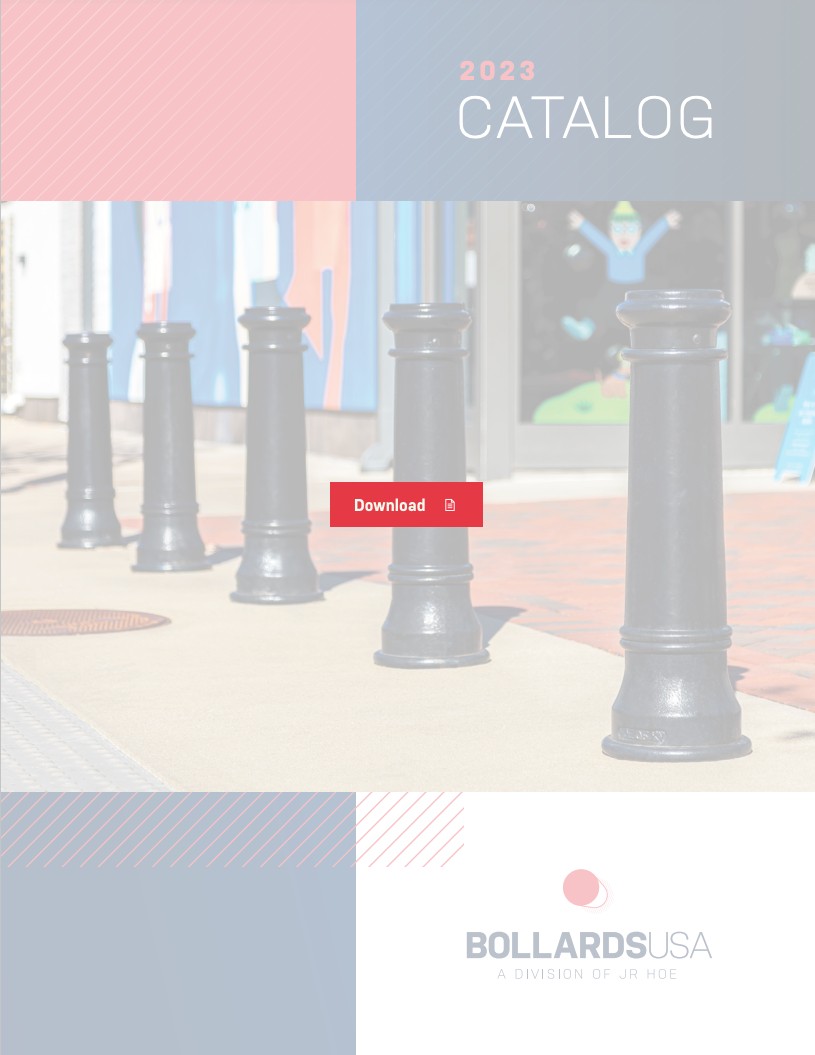
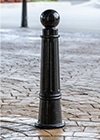
4” diameter, cast iron bollards. Predominately used in pedestrian areas.
View product line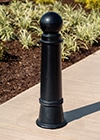
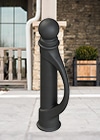
6” diameter, cast iron bollards. Function additionally as bicycle parking products.
View product line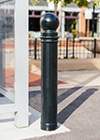
6” diameter, cast iron bollards. Available in safety & removable options.
View product line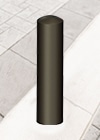
Custom diameter, coated steel bollards. Alternate heights and top designs available.
View product line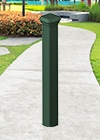
4”x4” square diameter bollards, available in cast iron and coated steel. Customizable cast top option available.
View product line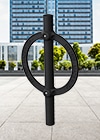
3 ½” diameter bollards, available in cast iron & coated steel. Function additionally as bicycle parking products.
View product line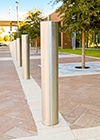
Custom diameter, stainless steel bollards. Alternate heights and top designs available.
View product line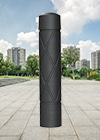
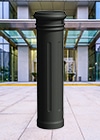
K4/M30 crash-rated bollards. Cast iron & interior steel foundation system.
View product line